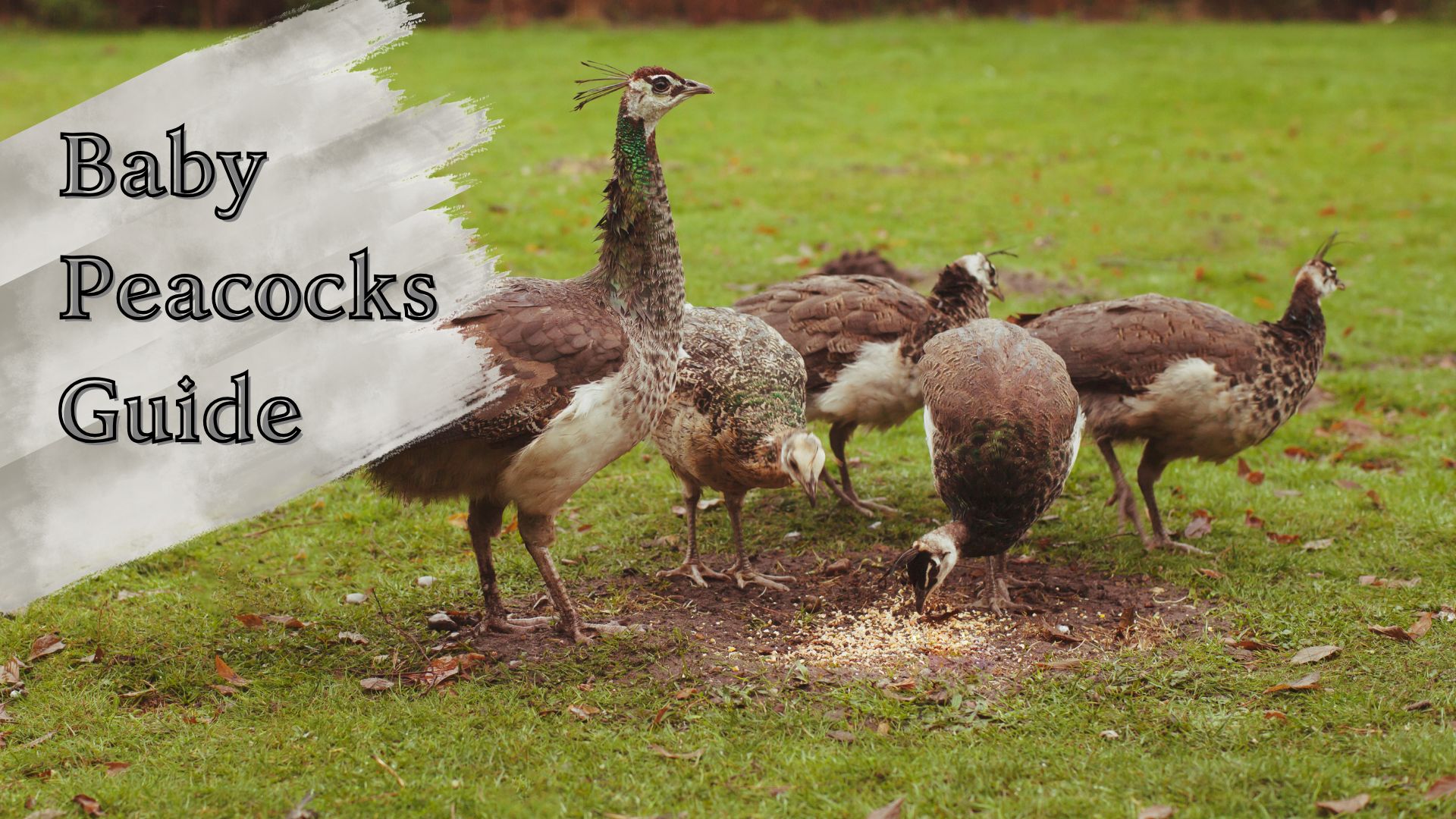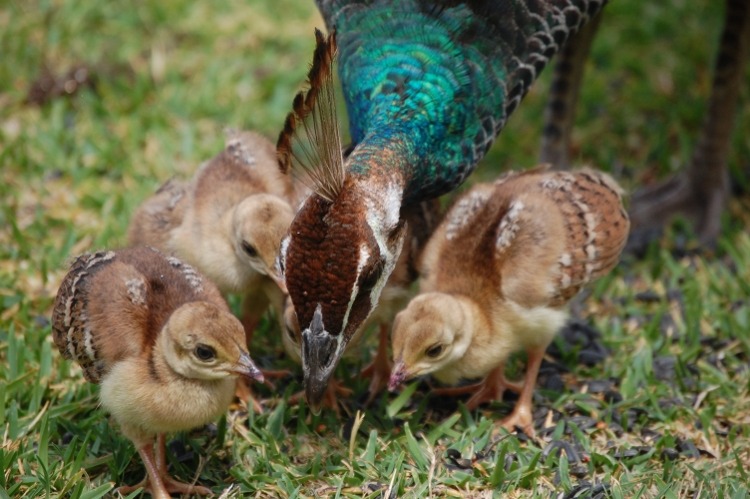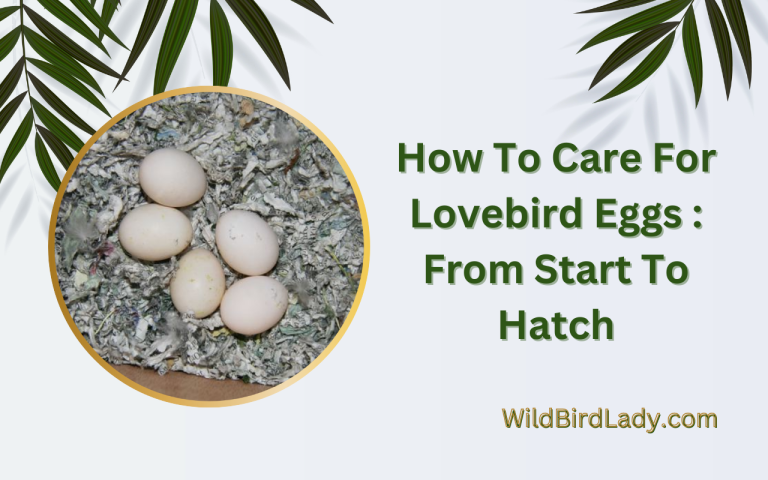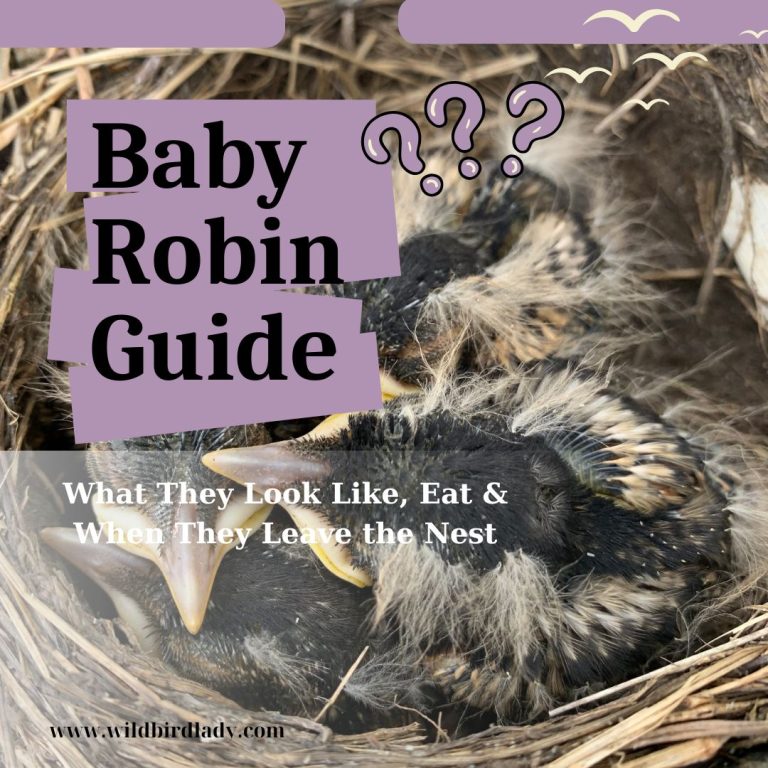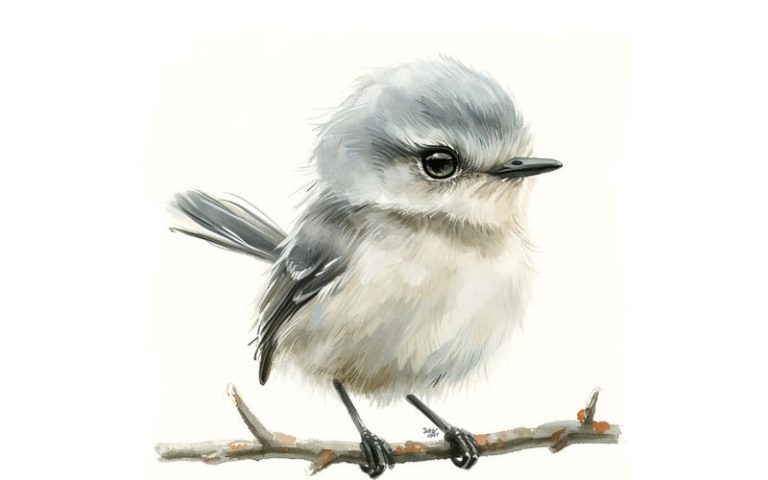Baby Peacocks 101: What They Look Like, Eat, and How to Care for Them
By Rifat Ahmed – Birdwatching Enthusiast with 13+ Years of Experience
When most people think of peacocks, they picture the stunning adult males with dazzling blue-green feathers and extravagant tail displays. But few know what baby peacocks—also known as peachicks—look like, eat, or need to thrive.
As someone who has spent over 13 years observing birds in the wild and in captivity, I’ve had the joy of watching peachicks hatch, grow, and transform into magnificent adults. If you’re curious about baby peacocks or considering raising them yourself, this guide will give you everything you need to know—based on experience, science.
Let’s dive into the fascinating world of baby peacocks.
What Is a Baby Peacock Called?
Before we get into the details, let’s clarify one important thing:
- A baby peacock is called a peachick.
- A male adult is a peacock.
- A female adult is a peahen.
- Collectively, they are known as peafowl.
So, when we talk about “baby peacocks,” we really mean “peachicks,” the adorable, fluffy hatchlings of peafowl.
What Do Baby Peacocks Look Like?
When peachicks hatch, they look nothing like the vibrant adults we’re familiar with. They are:
- Covered in soft, yellowish-brown down with darker markings on their backs and heads
- About the size of a tennis ball
- Equipped with strong legs and large feet for quick movement
- Born precocial, meaning they can walk and feed themselves within hours of hatching
Unlike some baby birds that hatch blind and helpless, peachicks are surprisingly self-sufficient. Within minutes of drying off, they’re alert, chirping, and ready to follow their mother.
As they grow, their plumage changes gradually:
- Weeks 1–4: They remain small and brown, blending into natural surroundings for camouflage.
- Months 2–6: Juvenile feathers emerge, often mottled and less vivid than adults.
- By 6–12 months: Males start to show hints of iridescent blue or green.
- At 2–3 years: Males develop the iconic long train, while females keep more muted brown and green feathers.
This slow transformation makes peachicks a joy to observe for birdwatchers and breeders alike.
How Are Peachicks Born?
Peahens typically lay 4 to 8 eggs per clutch, often in a well-hidden nest on the ground. The incubation period lasts 27 to 30 days. During this time:
- The peahen rarely leaves the nest except to feed or drink
- She uses her body to regulate the temperature and humidity of the eggs
- Once hatched, the chicks imprint on their mother and follow her closely
Peafowl are ground-nesting birds, so newly hatched chicks are especially vulnerable to predators like foxes, hawks, snakes, and raccoons. The first few weeks are the most dangerous time in a peachick’s life.
According to All About Birds, mortality rates in the wild can be as high as 50–60% during the first few months. In captivity, however, with proper care, survival rates are much higher.
What Do Baby Peacocks Eat?
One of the most common questions I get is: What do baby peacocks eat?
The short answer is: high-protein, nutrient-rich foods. In the wild, peachicks feed on:
- Insects like ants, termites, beetles, and grasshoppers
- Seeds and berries
- Tender shoots of grass and plants
In captivity, their diet should replicate this diversity. Here’s what I recommend for optimal growth:
Starter Diet (Weeks 1–6)
- Game bird starter feed (28–30% protein)
- Crushed boiled eggs for extra protein
- Small mealworms or crickets
- Access to grit for digestion
Grower Diet (Weeks 7–20)
- Game bird grower feed (18–20% protein)
- Chopped greens (kale, dandelion, spinach)
- Grains like millet or cracked corn
- Occasional fruits (grapes, blueberries)
Drinking Water
Always provide clean, fresh water in shallow dishes. Peachicks can drown easily in deep water bowls, so add small pebbles or marbles if necessary.
Avoid giving bread or sugary treats—it may fill their bellies but offers little nutrition and can cause digestive problems.
Ideal Housing for Baby Peacocks
Whether you’re raising peachicks on a farm or in your backyard, their environment plays a crucial role in survival.
Brooder Setup (Weeks 1–6)
Peachicks need warmth, especially in their first weeks:
- Use a brooder lamp to maintain 90–95°F (32–35°C) for the first week
- Reduce the temperature by 5°F each week
- Use pine shavings or straw for bedding
- Ensure proper ventilation without drafts
Grow-Out Pen (Weeks 6–20)
As peachicks grow:
- Move them to a larger, enclosed pen
- Provide minimum 10 square feet per bird
- Include shade, perches, and low ramps
- Fence should be tall (at least 6 feet) to prevent escape
Peafowl are strong fliers even at a young age, so covering the top of the enclosure is important to protect them from predators and prevent injury.
How to Care for Baby Peacocks
Here’s a checklist I recommend for peachick care, especially in their first critical months:
✅ Daily Feeding: Offer fresh food and water twice a day
✅ Temperature Control: Use a brooder with a thermometer
✅ Cleanliness: Change bedding every 2–3 days to prevent illness
✅ Observation: Watch for signs of distress (lethargy, drooping wings, lack of appetite)
✅ Safe Handling: Handle peachicks gently to build trust, but avoid over-handling in the first two weeks
✅ Vaccination: Consider vaccinating for Marek’s Disease and Coccidiosis if raising multiple birds
Common Health Issues in Peachicks
While peacocks are generally hardy birds, baby peachicks are more delicate. The most common health concerns include:
1. Coccidiosis
- Caused by a protozoan parasite
- Symptoms: Bloody droppings, weakness, weight loss
- Prevention: Medicated starter feed or routine dosing with Amprolium
2. Pasty Butt
- Common in overheated chicks
- Droppings stick to the vent, blocking waste
- Clean with warm water and apply petroleum jelly
3. Respiratory Issues
- Drafty pens or ammonia buildup from droppings can cause breathing problems
- Keep housing well-ventilated and dry
4. Leg Problems
- Slippery surfaces can cause spraddle leg
- Use textured bedding (not newspaper) and correct quickly with leg braces
Early detection and proactive care go a long way in raising healthy peachicks.
When Do Baby Peacocks Become Adults?
Peachicks grow quickly, but they don’t reach full maturity overnight. Here’s a general timeline:
- 3 months: Begin to show sex differences (males slightly brighter)
- 6 months: Males develop more iridescence; females take on adult form
- 12 months: Sexual maturity begins, but males lack long tail feathers
- 2–3 years: Males grow their full train and are considered fully mature
Females typically begin laying eggs around 18–24 months, depending on conditions.
Can You Keep Baby Peacocks as Pets?
Yes, but with caution. Peafowl are not like chickens—they need more space, more care, and more patience.
Pros:
- Intelligent and curious personalities
- Stunning adults with incredible displays
- Long-lived (up to 20 years in captivity)
Cons:
- Noisy, especially during mating season
- Require large, secure enclosures
- Not ideal for small backyards or urban settings
If you’re considering keeping peachicks, I always advise starting with at least two (they’re social animals) and researching local regulations.
Fun Facts About Baby Peacocks
- Peachicks can fly short distances by 3–4 weeks old
- They can recognize human caretakers and become surprisingly tame
- In some cultures, peachicks are considered symbols of renewal and beauty
- The Indian Peafowl, the most common species, is the national bird of India
- Despite their delicate look, peachicks are survivors with proper care and protection
Final Thoughts from the Field
Raising baby peacocks is one of the most rewarding experiences a bird lover can have. I’ve watched tiny peachicks take their first steps and grow into majestic adults, each with their own personality. But it’s not without its challenges.
Whether you’re a backyard bird enthusiast or a budding breeder, understanding what baby peacocks need—nutrition, warmth, space, and protection—can make all the difference.
If you’re lucky enough to spot or raise a peachick, take the time to appreciate their journey. From their humble beginnings to their regal adult form, baby peacocks are truly one of nature’s wonders.
Read also: Peacock Lifespan: Wild vs. Captive – Which Lives Longer and Why?
❓FAQ About Baby Peacocks
1. What is a baby peacock called?
A baby peacock is called a peachick. The term refers to both male and female chicks. Adult males are called peacocks, females are peahens, and the species is collectively known as peafowl.
2. What do baby peacocks eat?
Peachicks eat a high-protein diet including insects, starter feed for game birds (28–30% protein), small mealworms, and chopped greens. They also need access to clean water and grit to aid digestion.
3. How long does it take for baby peacocks to grow their tail feathers?
Male peacocks begin growing their ornamental tail feathers at around 2 to 3 years of age. Before that, they resemble females in coloration and body shape.
4. Can you raise baby peacocks at home?
Yes, but they require plenty of space, proper housing, and specialized care. They are not ideal for small backyards due to their size, loud calls, and flight ability.
5. How can you tell if a baby peacock is male or female?
It’s difficult to tell at hatch. Around 3 to 6 months, males begin developing brighter feathers. However, accurate sexing often requires expert observation or a DNA test.
7. Are baby peacocks hard to care for?
They can be more delicate than chicks, especially in the first few weeks. With proper food, clean housing, warmth, and protection from predators, they’re manageable and rewarding to raise.
8. How long do baby peacocks stay with their mother?
In natural settings, peachicks stay with their mother for 2 to 4 months, following her for warmth, protection, and learning how to forage.

